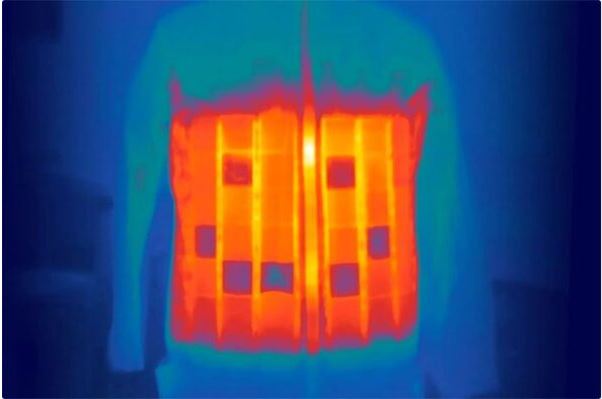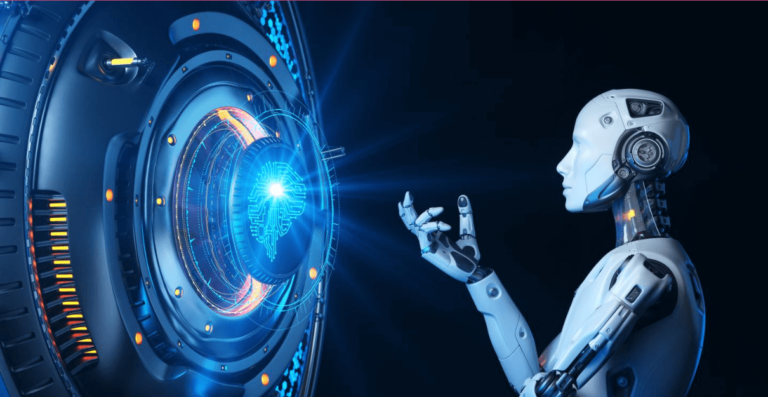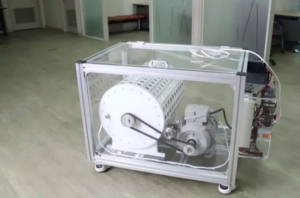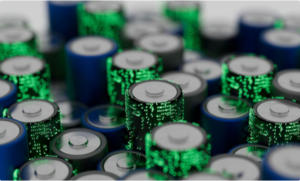We have a huge need for energy. When we need to run anything that can’t be plugged into a power outlet, the power will have to come from batteries, and the quest for a better battery is kicking off in labs across the globe.
Nuclear waste is radioactive waste generated by nuclear power plants that no one wants to keep near their home or even be carried through their community. They are very toxic and deadly waste, taking thousands of years to completely decompose, but the amount of nuclear waste produced also increases with human demand for electricity.
Now a California-based business, NDB, says it can solve both of these problems. They claim to have built a self-sufficient battery powered entirely by radioactive waste that has a lifespan of 28,000 years, making it ideal for your future electric car or mobile devices.
Instead of storing energy generated elsewhere, this type of battery generates its own charge. It is made of two types of nanodiamonds, making it virtually impervious to damage when used in vehicles or other moving things. In addition, the business claims that its battery is safe because it emits little radiation, which does not affect the human body.
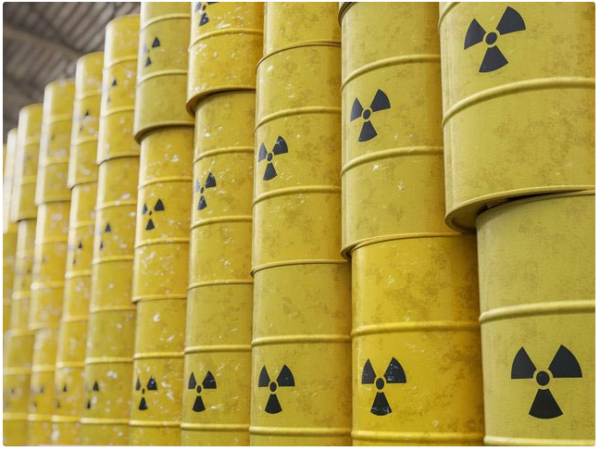
Radioactive waste container.
NDB has created a proof of concept and plans to build its first commercial prototype once its labs restart operations following the COVID outbreak (which will happen soon).
NDB intends to create batteries using nuclear waste, which comprises reactor components that have become radioactive after exposure to nuclear power plant fuel rods.
Although this is not considered high-level nuclear waste – which would be used as fuel – it is still very toxic, and a nuclear plant produces a lot of it. The International Atomic Energy Agency estimates that “the core of a typical graphite moderator reactor” can contain up to 2,000 tons of graphite.
Carbon-14 is a radioactive isotope found in graphite. It is also the radioactive isotope used by archaeologists for carbon dating. It has a half-life of 5,730 years and eventually decays into nitrogen 14, an anti-neutrino, and a beta decay electron, the charge of which intrigued NDB as a possible source of electricity.
NDB cleans the graphite and then converts it into microscopic diamonds. The business claims that using current technology, it has fabricated microscopic carbon-14 diamonds to generate large amounts of electricity. Diamond also acts as a semiconductor, absorbing energy and dispersing it through a heatsink.
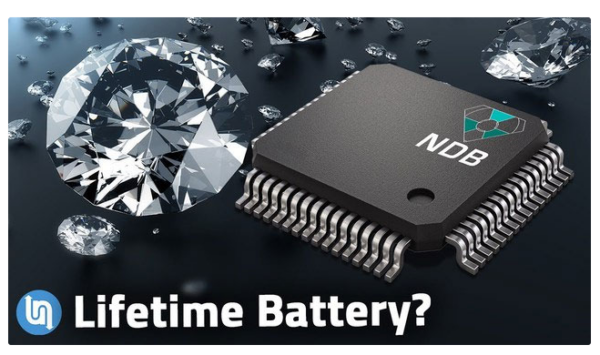
This battery will generate its own charge, it is made of two types of nano diamonds.
Radioactive batteries are created through a process called chemical vapor deposition, which is widely used to produce synthetic diamonds. The researchers modified the radioactive diamond growing process by using radioactive methane containing the radioactive isotope Carbon-14, found on the graphite blocks of the irradiated reactor. These diamonds can act as a radioactive source as well as a semiconductor.
However, because they are still radioactive, NDB coats “miniature nuclear power plants” with low-cost, non-radioactive carbon-12 diamonds. These lab-created, sparkling shells provide diamond-hard protection while containing carbon-14 diamond radiation.
NDA plans to produce batteries in many popular sizes, including AA, AAA, 18650 and 2170. Each battery will have multiple layers of stacked diamonds, as well as a small circuit board and a supercapacitor to collect , energy storage and discharge. The end result, the business claims, is a battery that will last a long time.
According to NDB, the battery can last up to 28,000 years when used in low-power environments, such as satellite sensors. They predict the battery’s lifespan when used in a car could be 90 years, much longer than the lifespan of any existing electric vehicle battery. For consumer devices like phones and tablets, the company estimates that the battery will last about 9 years.
NDB plans to commercialize a low-power version in the next few years, followed by a high-power version in about five years. If all goes as planned, NDB’s technology will represent a significant step forward in providing low-cost, long-lasting power for the world’s electronics and automobiles.
The company stated that they can begin at the nano scale and progress to powering satellites and locomotives.
Additionally, the business predicts that its batteries will be priced similarly to existing batteries, including lithium-ion, and could be much cheaper once they are produced in volume.




